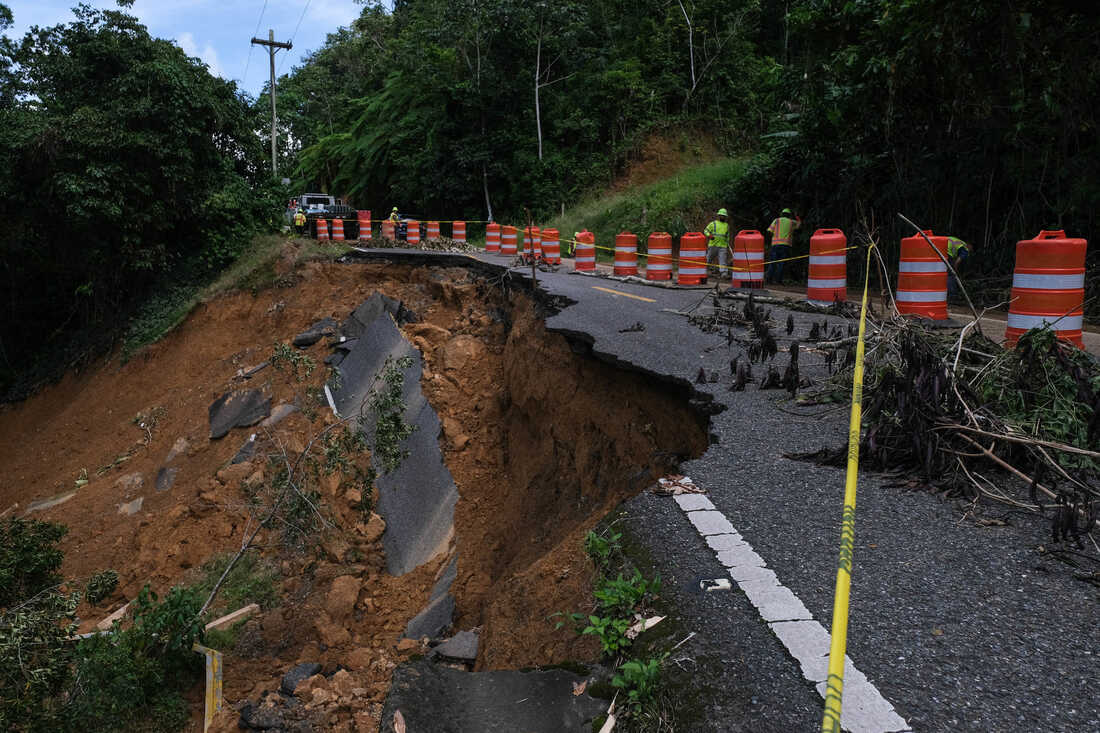|
By: Karlie Harris Another hurricane that has devastated Puerto Rico - what a surprise! Not really, though. Hurricane Fiona devastated Puerto Rico on September 18, 2022. As reported by CNN, a significant number of people in Puerto Rico, including the Dominican Republic, are still opening their eyes to no power or running water. The island is uniquely susceptible due to its status on the hurricane belt, which puts it at risk for rising sea level and severe storms. Puerto Rico is suffering from a rise in global temperatures. Global warming, like it or not, is a reality and is causing the sea level to rise around Puerto Rico and other island countries. Rising sea level submerges marshes, mangroves, and dry land, erodes beaches, and exacerbates coastal flooding.
Flooding, erosion, and loss of wetlands and other coastal habitats are among the most significant hazards the island’s government should prioritize in coastal funds planning. The problem, though, is not a one-off; rather, storms such as Fiona seem to be an endless cycle of unfortunate destruction. It is well known that warmer sea surface temperatures intensify tropical storm wind speeds, giving them the potential to deliver more damage if they make landfall. In other words, warmer oceans fuel storms. According to NASA, since the 1980s, the hurricane record has shown a more active period in the North Atlantic Ocean. On average, there have been more storms, stronger hurricanes, and an increase in hurricanes that rapidly intensify. Thus far, most of these increases are from natural climate variations. However, one recent study suggests that the latest increase in the proportion of North Atlantic hurricanes undergoing rapid intensification is a bit too large to be explained by natural variability alone. This could be the beginning of detecting the impact of climate change on hurricanes, the paper states. In 2017, Hurricane Maria flushed away a crucial bridge that locals counted on, and a temporary bridge replaced it. Hurricane Fiona ironically came destroyed the temporary bridge. The U.S. Army Corps of Engineers has received FEMA Mission Assignments (MAs) for Regional Activation and Temporary Emergency Power in response to Hurricane Fiona. And though it’s a month later and crews have worked to restore power and rebuild infrastructure, it just seems it’s only a matter of time before the same thing happens again. Regardless of whether the causes are from natural occurrences or humans’ impact on global warming, the result is the same: we all bear witness to others’ suffering. Want to help? Check out the organizations providing emergency disaster relief and long-term recovery support.
0 Comments
Leave a Reply. |
Archives
May 2024
|
